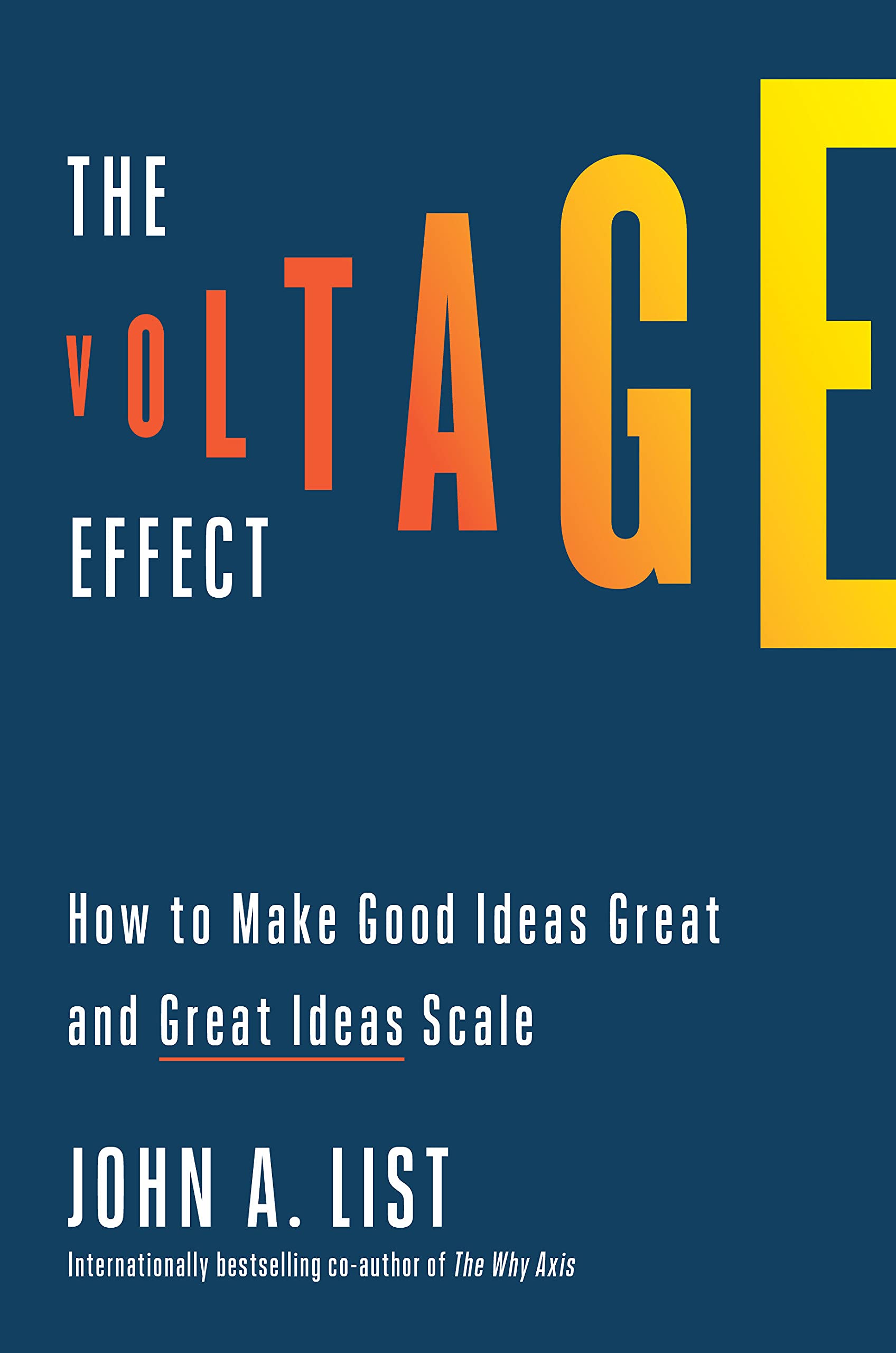One last example of a recent technology that scaled exceptionally well comes not from business but from social activism. In the days following the murder of George Floyd by Minneapolis police officer Derek Chauvin in the spring of 2020, before anyone had been charged with a crime, the Grassroots Law Project organized a call drive to flood the phone lines and answering machines of public officials in Minnesota to demand justice.
All volunteers had to do was call the number the Grassroots Law Project provided, which played a message coaching them on what to say, then transferred them to the office of a public official. After they spoke to someone or left a message, volunteers simply pressed the star key and would be automatically rerouted to the next official. Volunteers hit the star key again and again and left message after message, making sure their voices were heard.
Great innovations like this one add new efficiency to an already existing need. Within days, Derek Chauvin was arrested and charged, with the other officers who had been involved being arrested days later. While numerous factors played into this win for justice, the automated phone drive technology clearly helped. And it will continue to be a valuable tool for activists wishing to reach large numbers of people with their message, because easy-to-use technology scales.
The lesson here is to make compliance easy. It might take more time, money, legwork, and creative energy early on to both design and test a new technology with a wide range of average people. But given that—to invoke Murphy’s law—what can go wrong almost always does go wrong at scale, it will be worth it.
That is my colleague John List in his new book, The Voltage Effect. It’s about scaling business ideas and social innovations. I loved this example, as well as the broader lesson of that chapter: to design your product or process around human frailties. That lesson comes from behavioral science and human-centered design, but many of the other lessons in the book are from economics and logical/statistical thinking. Recommended.
If I could pick one insight from the book that I’d have elevated even more, it’s the importance of piloting, trial and error, and experimentation (informal and formal). It’s easy to think that an organization’s great idea or product sprang from creativity and brilliance and luck, but most good policy and good products come from repeated testing and failure. Some of this comes out in the book, of course. John’s one of the most accomplished experimental economists in the world, and the book’s full of clever analyses by him and others, and reminders to pilot and test. I would have made piecemeal tinkering even more of a mantra in the book. It’s not something we teach enough in schools of public policy (or schools anywhere, as far as I know).
Incidentally, I don’t know many academics who scale research better than John. When I first arrived at UChicago, he asked me to join his lab meeting to introduce myself to the students and research assistants, talk a little about my work, and hear what they were working on. When I entered, there were maybe 50 assistants, undergrads, and grad students in the room. After my piece, one by one, each of them spoke with John for a few minutes about what they were working on, getting some guidance on next steps. Everyone listened in. Gradually I realized every single one of these was a different project or paper with John, and he was orchestrating all 50 of them incrementally ahead. All in the space of about 90 minutes. It’s so rare to get insight into someone else production function, especially one that produces so much.
The book is here.

